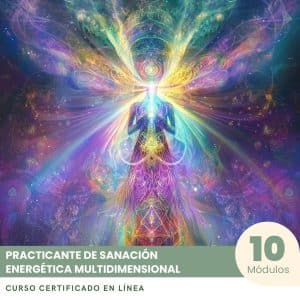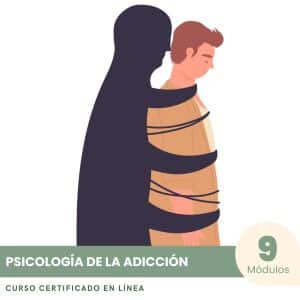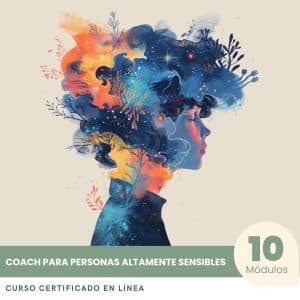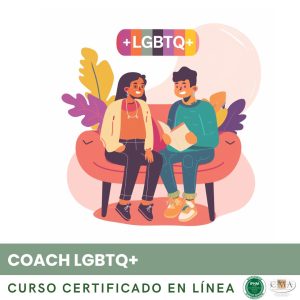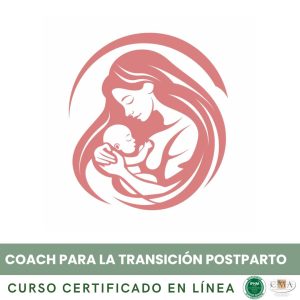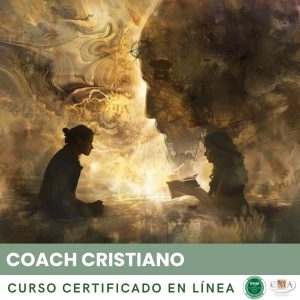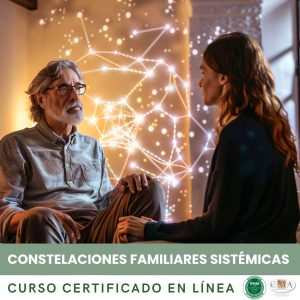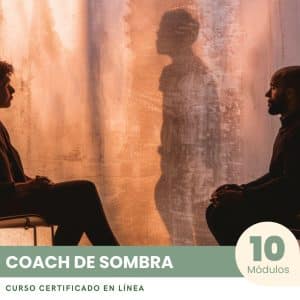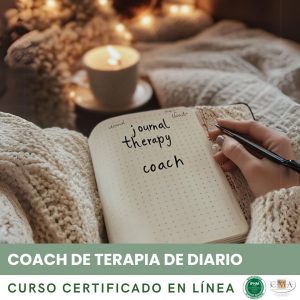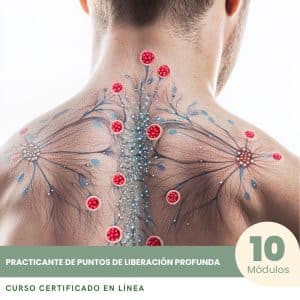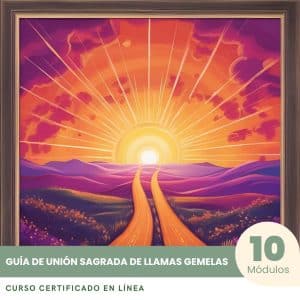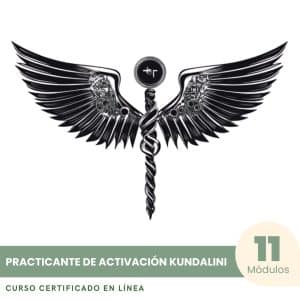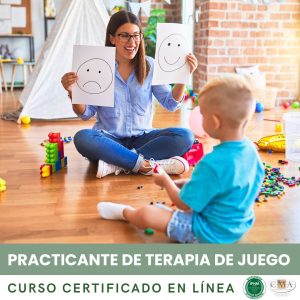7.2 – Games and fun activities to stimulate laughter

Games and fun activities are essential tools in laughter therapy. They naturally and spontaneously stimulate laughter, creating amusing and offbeat situations conducive to relaxation and letting go. These activities call on creativity, imagination and social interaction to generate a joyful and convivial atmosphere.
Among the frequently used games, we find group cohesion and introduction games. These ice-breaker activities aim to quickly create an atmosphere of trust and complicity among the participants. For example, the game of “funny first-name” consists of introducing oneself by associating one’s first name with a funny gesture or sound, which the group then repeats in unison. This type of game helps to play down public speaking and promotes the memorisation of names in a playful way.
Body and vocal expression games are also very much appreciated. These invite participants to free themselves from their inhibitions by using their bodies and voices in an offbeat manner. “Camel’s laughter”, for example, involves imitating the cry of this animal while exaggerating the movements of the mouth and neck. “Butterfly’s laughter” requires mimicking butterfly wings with the hands while laughing lightly. These exercises encourage expressivity, creativity and bodily awareness, while generating contagious hilarity.
Creativity and improvisation games are also powerful laughter vectors. They stimulate imagination, spontaneity and the ability to bounce back in the face of the unexpected. A classic example is the “laugh story” game, where participants collectively invent a zany story incorporating different types of laughter. Each one adds a sentence in turn beginning with “And then…”, followed by a specific kind of laugh (devilish laughter, shy laughter, snobbish laughter, etc.). The objective is to create an absurd and offbeat story that triggers general hilarity.
The effectiveness of these games depends on several key factors. Firstly, they appeal to emotional and relational intelligence, by mobilising cooperation, listening and empathy among participants. They thus create a feeling of belonging and complicity conducive to shared laughter. Moreover, these fun activities engage the body and mind holistically, combining movements, breathing, voice and imagination. This comprehensive stimulation promotes quick immersion in the laughter experience, by short-circuiting mind control and censorship mechanisms.
It is important to note that these games are adaptable to all audiences and contexts. They can be offered to children as well as adults, in school, professional or therapeutic environments. The laughter therapist’s role is to choose the most appropriate activities according to the group’s needs and characteristics, and to animate them with enthusiasm and kindness. Their objective is to create a safe and permissive environment, where everyone feels free to express their laughter authentically, without the fear of judgement.
In summary, games and fun activities are tremendous catalysts for laughter and well-being in laughter therapy. They awaken our childlike soul and our ability to be amazed, to have fun and to share moments of intense joy. By practicing them regularly, we develop greater relational ease, more self-confidence and more resilience in the face of daily challenges. Laughter then becomes a genuine life force, reconnecting us to our deeper nature and opening us up to the lightness of being.
Key points to remember:
– Games and fun activities are vital tools in laughter therapy, enabling natural and spontaneous laughter stimulation.
– Group cohesion and introduction games, like the “funny first-name”, quickly create an atmosphere of trust and complicity among participants.
– Body and vocal expression games, such as “camel’s laughter” or “butterfly’s laughter”, enhance expressivity, creativity and bodily awareness.
– Creativity and improvisation games, like the “laugh story”, stimulate imagination, spontaneity, and the ability to adjust to the unexpected.
– The effectiveness of these games lies in the engagement of emotional and relational intelligence, the holistic mobilization of the body and mind, and the creation of a sense of belonging and complicity.
– These games are adaptable to all audiences and contexts, and the role of the laughter therapist is to choose and animate the appropriate activities with enthusiasm and kindness.
– The regular practice of these games promotes relational ease, self-confidence and resilience in facing daily challenges, making laughter a genuine life force.
👉 To download docx (Editable) file click here : Click here
👉 To download PDF file click here : Click here
👉 To download MP3 file click here : Click here


